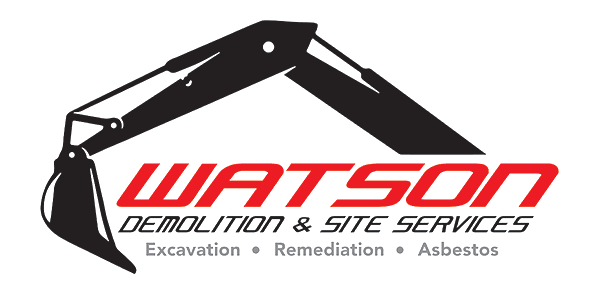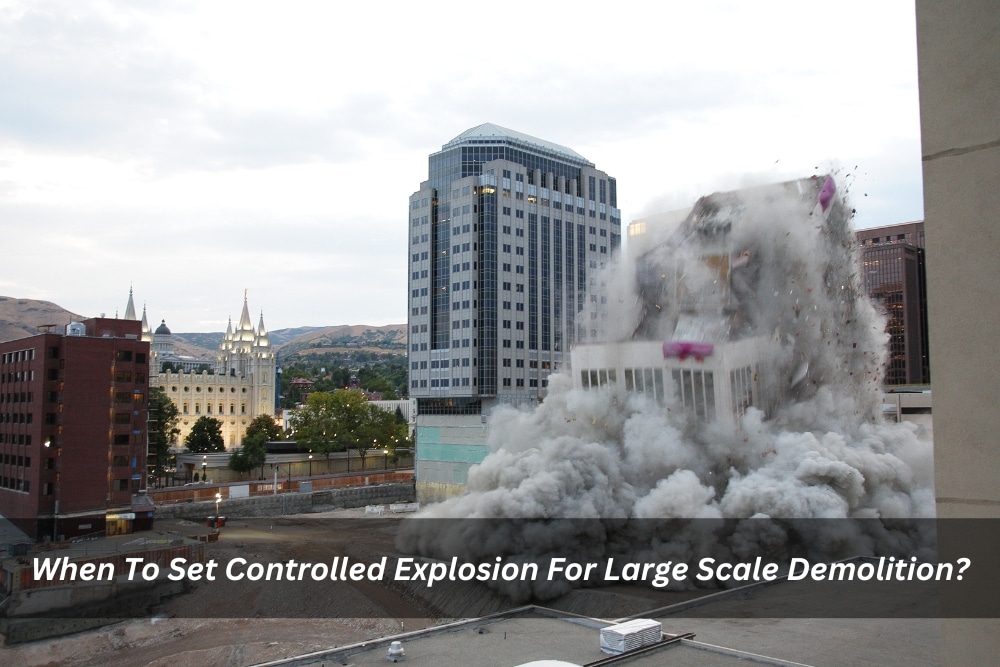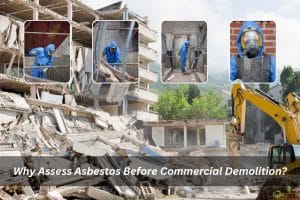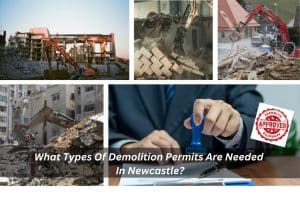Large-scale demolition projects pose significant challenges that require a thoughtful and strategic approach to ensure the swift removal of structures while prioritising safety and efficiency. In recent years, controlled explosive demolition has emerged as a method that, when executed judiciously, can not only streamline the process but also address these challenges. In this comprehensive exploration, we delve into the intricacies of this technique, its multifaceted benefits, potential risks, decision-making considerations, and the paramount importance of safety measures in overcoming these challenges.
What is controlled explosive demolition?
Controlled explosive demolition represents a nuanced approach to dismantling structures. It involves strategically placing explosives at key points to dictate the collapse in a controlled and predetermined manner. This method demands a high level of expertise to ensure that the implosion is precisely orchestrated, limiting collateral damage and potential harm to nearby structures.
What are the benefits of using controlled explosive demolition for large-scale demolition?
- Efficiency: It is renowned for its expeditious nature, often outpacing traditional methods. This efficiency translates to reduced project timelines and associated cost savings.
- Precision: The controlled detonation of explosives allows for a meticulously planned collapse, enabling the controlled descent of the structure with precision. This precision minimises the risk of unintended damage to nearby structures.
- Cost-effectiveness: Although the initial investment may be higher, the time saved during the demolition process can result in cost-effectiveness. This makes it an economically viable option for certain projects.
- Reduced environmental impact: The controlled nature of the demolition process can lead to less dust and debris, thereby minimising the environmental footprint. This is particularly crucial in urban environments where environmental concerns are paramount.
What are the risks of using controlled explosive demolition for large-scale demolition?
- Safety concerns: The foremost risk associated with controlled explosive demolition is safety. Accidents can occur if the demolition is not executed with precision and adherence to strict safety protocols.
- Environmental impact: While aiming to minimise environmental impact, improper execution can lead to soil and air pollution. A thorough environmental impact assessment is imperative.
- Public perception: The visual and auditory impact can cause public concern. Engaging with the community and effective communication become essential to address and mitigate these concerns.
At what point is controlled explosive demolition recommended for large-scale demolition?
The decision to opt for controlled explosive demolition hinges on various factors. This method comes to the fore when traditional demolition techniques, such as mechanical dismantling, prove impractical or excessively time-consuming. High-rise buildings, bridges, and structures located in densely populated areas may be found advantageous due to their efficiency and the minimal disruption they cause.
What factors should you consider when making your decision?
- Structural complexity: The complexity of the structure under consideration is a pivotal factor. The more intricate the design, the more beneficial controlled explosive demolition may be.
- Project timeline: Time constraints often drive the decision to opt for controlled explosive demolition. If a swift demolition is imperative, this method offers significant time savings.
- Environmental impact: Evaluate the environmental impact of both traditional and explosive demolition methods. Consider factors such as air and noise pollution, as well as the disposal of debris.
- Regulatory approvals: Before embarking on demolition, ensure that you have obtained all necessary permits and approvals. Compliance with regulatory requirements is paramount.
How can you find a qualified and experienced demolition contractor?
Engaging a qualified and experienced demolition contractor is pivotal for the success of a controlled explosive demolition project.
- Research: Conduct thorough research to identify contractors with a proven track record in large-scale demolition projects.
- References: Seek references from previous clients to gauge the contractor’s reliability and the quality of their work.
- Certifications: Ensure that the selected contractor holds the necessary certifications and adheres to industry safety standards.
- Experience: Prioritise contractors with a wealth of experience in handling projects of a similar scale and nature.
What safety measures are in place to protect workers and the public during a controlled explosive demolition?
Implementing stringent safety measures is non-negotiable when it comes to controlled explosive demolition.
- Evacuation plans: Develop detailed evacuation plans for workers and the public, ensuring a swift and organised response in the event of unforeseen circumstances.
- Perimeter control: Establish a secure perimeter to prevent unauthorised access to the demolition site, minimising the risk to onlookers and neighbouring properties.
- Communication: Establish effective communication channels to coordinate the demolition process and address any concerns promptly. Transparent communication is key to allaying fears and ensuring public safety.
- Safety training: Ensure that all personnel involved in the demolition process undergo comprehensive safety training to handle potential risks effectively.
Conclusion
Controlled explosive demolition stands as a powerful tool in the realm of large-scale demolitions, offering unparalleled efficiency and precision. However, a thorough understanding of the associated risks, meticulous planning, and unwavering commitment to safety protocols are indispensable for a successful outcome. Before opting for this method, assess the specific needs of your project, engage with experienced professionals, and ensure a well-executed controlled explosive demolition that prioritises safety and environmental responsibility. In doing so, you not only streamline the demolition process but also contribute to a safer and more sustainable approach to large-scale demolition projects.
Are you gearing up for a large-scale demolition project and seeking a reliable partner to ensure its seamless execution? Look no further than Watson Demolition & Site Services. With a proven track record and a commitment to safety, efficiency, and environmental responsibility, we can help you transform your vision into reality. Our experienced team, armed with the latest technology and adherence to the highest industry standards, guarantees precision and timely completion. At Watson Demolition, we don’t just demolish structures; we can help you create pathways for new beginnings. Contact us today and let’s embark on a journey to redefine your demolition experience. Trust Watson Demolition & Site Services to deliver excellence in every demolition endeavour.



